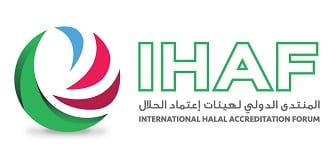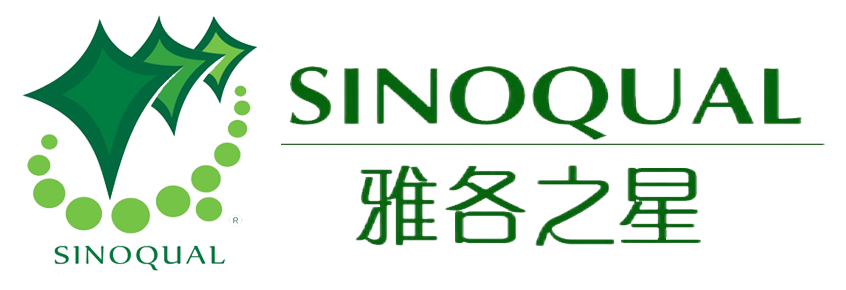The global beauty industry is undergoing a transformation as consumers increasingly demand products that demonstrate transparency, ethical sourcing, and ingredient purity...
The importance of establishing unified halal standards
2025-05-15

According to Thomson ReutersThomson Reuters) published the "Islamic Economy" 2017/2018Statistics from the World Economic Report 2016,2017Global spending on various sectors of the Islamic economy was estimated at approximately3.2trillion dollars. 2014Years, onlyHalalGlobal spending in the food industry has reached1.28trillion dollars,2020In 2018, spending growth is expected to increase to1.585trillion US dollars. Global spending in other areas of life, such as travel, fashion, media, entertainment, medicine and cosmetics,2014The estimated annual1.8trillion US dollars, estimated to2020Annual spending will steadily increase to2.6trillion dollars.
Standardization is also expected to increase investor interest. Until now, investor interest has been limited due to the limited size of the business itself. Now that the business is growing, with appropriateHalalWith the support of food standards and programs, supply and demand sides will attract more funds to helpHalalFood and similar nonHalalFood competition.”
Different around the worldHalalStandard andHalalThe scheme has led to confusion among manufacturers and exporters.
Although Islamic economy is considered to be aHalaltrading,HalalIndustry andHalalThe world faces great opportunities for businesses based on trade, but it faces structural and operational challenges in terms of regulation, standardization, compliance, supply chain integrity, R&D, and consumer education. Regulation and standardization challenges are among the most impactful as they significantly affect trade between countries.
Imports to Muslim countriesHalalProducts and services have become a lucrative business and an opportunity for manufacturers and exporters to enter this rapidly growing market segment. This requires properHalalCertificate andHalalMarking to ensure compliance with each country/Specific regionalHalalRequire.
In the current state, each country has its own regulations, standards,HalalProgram andHalalConformity assessment practices.HalalCertification work bodies, therefore obtain appropriateHalalCertificates may be challenged; therefore, different standards and schemes are used, leading to confusion among manufacturers and exporters as to which requirements they should comply with. Why is a product accepted as “Halalfood” but not accepted in another country? This situation has also led to the current use of more than one hundredHalalMarking, and extending this confusion toHalalWhich consumers of the productHalalIs the labeling correct? Is the product declared asHalalFood? Really?Halal? Finally, this becameHalalImpediments to market growth.
In addition to this, manufacturers and exporters find themselves having to comply with a variety of different requirements, taking into account the financial impact associated with them, which is ultimately passed on to those who have to pay forHalalConsumers who pay higher prices for products and services.
Therefore, it is necessary to establish a unifiedHalalstandards, and simplify the certification process between different countries and establish a unifiedHalalConformity assessment practices.
IHAFIn formulating a unifiedHalalRole in standards
IHAFThe ultimate mission is to unifyHalalFood standards andHalalfood conformity assessment practices and to reach a global agreement among authorities to simplifyHalalFood distribution, and build a trustworthyHalalfood market. Therefore, in order to overcomeHalalLack of unifiedHalalthe challenge of standards and harmonized conformity assessment practices,IHAFThrough the work of its Technical Affairs Committee,HalalCertification bodies establish uniform standards and provideHalalPlans to establish unified standards.HalalStandards documents should reduce the challenges associated with harmonizing standards and practices in the field and should serve asIHAFThe basis for the peer review process and mutual recognition among its members.
IHAFOne of the main goals is to ensureHalalUniform standards, integrity and transparency in certification schemes. Reliable reliance andHalalThe desire for rapid market expansion is driving many countries to adopt unifiedHalalThis is reflected in the practiceIHAFThe membership is constantly growing. Countries with unified certification practices have a clear competitive advantage in the global market, especially in terms of reliability and cost, and are in a better position to expand their global influence.
It is worth mentioning here thatIHAFPromotes mutual recognition among member accreditation bodies to enhanceHalalinternational trade in these sectors and ensure the interests of governments and regulators.
Normal 0 7.8 磁 0 2 false false false EN-US ZH-CN X-NONE /* Style Definitions */ table.MsoNormalTable { mso-style-name:普通设计; mso-tstyle-rowband-size:0; mso-tstyle-colband-size:0; mso-style-noshow:yes; mso-style-priority:99; mso-style-parent:""; mso-padding-alt:0cm 5.4pt 0cm 5.4pt; mso-para-margin:0cm; mso-para-margin-bottom:.0001pt; mso-pagination:widow-orphan; font-size:10.5pt; mso-bidi-font-size:11.0pt; font-family:"Calibri",sans-serif; mso-ascii-font-family:Calibri; mso-ascii-theme-font:minor-latin; mso-low-font-family:Calibri; mso-under-theme-font:minor-latin; mso-bidi-font-family:"Times New Roman"; mso-bidi-theme-font:minor-bidi; mso-font-kerning:1.0pt;}